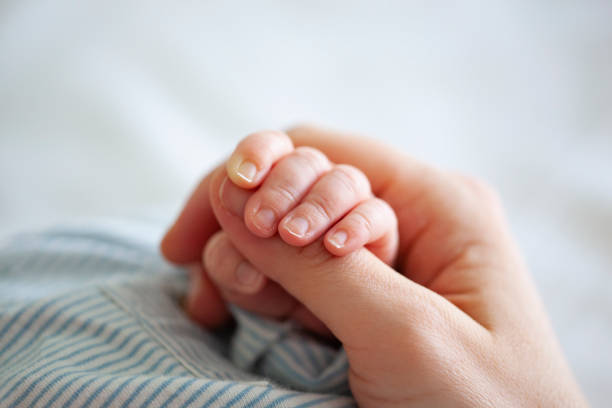When Do Babies Learn to Hold Objects?
Our hands are the limbs that we use the most in our daily life. We hold with them, touch them, write with them and do almost all our work with them. Newborn babies, on the other hand, develop dexterity as they gain more control and strength with their tiny fingers in their first months. These new skills make playtime even more fun for them. Babies can hold objects from the moment they are born. However, this is still a reflex and not a conscious grasping or reaching movement. This occurs over time.
When do babies learn to hold?
12 months
A newborn baby’s hands are usually in a fist state. After about 2-3 months, he will start to open his hands on his own and slowly take control of his movements. During these months, while your baby explores his hands, his eyesight develops. With the development of vision, the baby will also dominate hand movements by seeing in the future. In the first months, your baby can reflexively grasp any object placed in his hand.
3 – 4 Months
The baby has developed the ability to reach and grasp objects placed in front of him. In doing so, related muscle groups also develop. Tries reaching for toys and directing them towards him.
5 – 6 Months
As the baby grows, his fingers get stronger. The fact that he sees better and understands his environment better has brought him freedom of movement. Brightly colored soft objects are perfect for this age. You can have the baby touch various materials and get to know them by feeling. Your baby, who can sit up when he is about 6 months old, has now mastered the ability to easily grasp the objects he can reach with his hands, especially to bring them to his mouth.
7 – 8 Months
Your baby can transfer an object from one hand to the other. He can easily turn the object he is holding in the direction he wants and find it fun to make sounds by hitting the toys together. He can take blocks and put them together. But I can’t place it sequentially yet. May find it fun to shuffle noisy toys or throw things away. Now you can buy toys with 3-4 different shapes and holes on them and help your baby match them. After a few tries it will start to do it itself. It may not hold up every time. This will evolve over time. For example, he may try to place a heart-shaped object in the box with a heart, star, square, triangle on it, through the hole with the same shape. If it fails, don’t worry, it’s too early. The process can be different for each baby.
Things to watch out for in your baby’s movements
If there is something bothering you in the movements of your 7-month-old baby now, it would be useful to tell your doctor.
-If your baby is not interested in his surroundings
-Doesn’t respond when you call him
-Always doing the same moves
-Repeats movements such as flapping wings
-Doesn’t make sounds on its own
-He looks stiff and expressionless
-If head control is not improving, explain these situations when you talk to your doctor. But first of all, do not forget to spend a good time with your baby, play with him, touch, hug and talk. The holding movement is followed by the rotational movement by holding a place.
